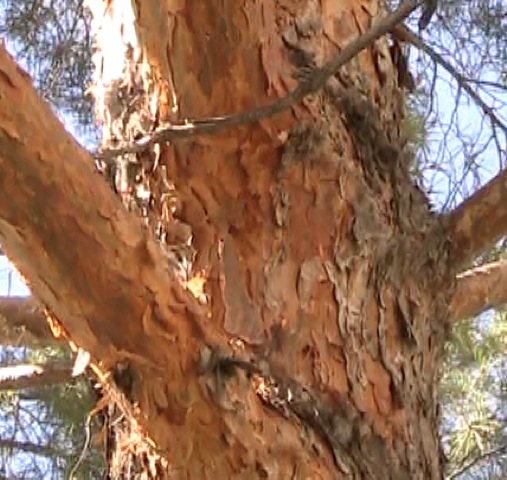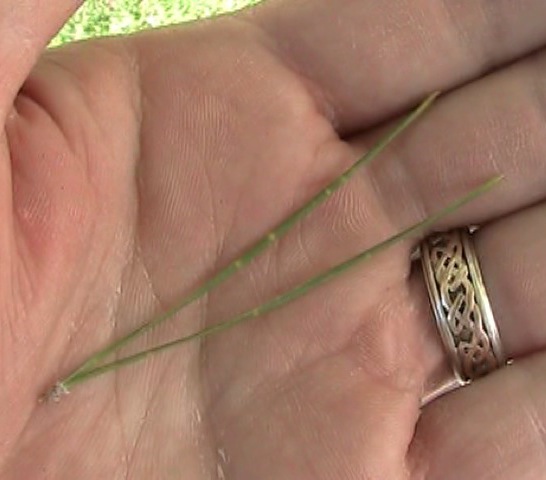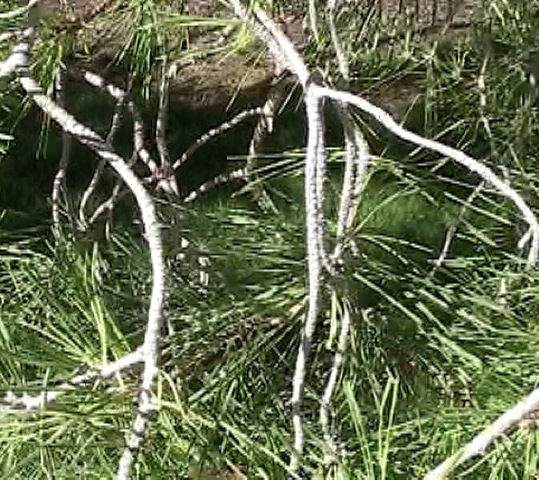| PSC 2620: Woody Trees and Shrub | Course Home | Week 13 |
Pinus sylvestris - Scotch Pine
Plant Viewer
 |
 |
| The bark of Pinus sylvestris is its most ornamental feature. It is a mixtures of rusty reds, oranges and browns and exfoliates to create a beautiful texture and color pattern. | The needles are 1-3 inches long and a light blue-green color that contrasts well against the red-orange bark. |
 |
 |
| The branching habit is loose and irregular. | The small cones are 1 1/2 - 3 inches long and reflexed on the stem. Image: D. E. Herman, USDA |
Plant Description
Pinus sylvestris, or Scotch Pine, is a medium to large coniferous evergreen tree, growing 30-60 feet high and 30-40 feet wide. Like many other conifers, it has a pyramidal form when it is young, but becomes broad and spreading as it matures. Mature trees begin their branching far up the trunk and hold their branches in a strongly horizontal manner. It is prone to developing a rather loose and open habit that can be quite picturesque in appearance. It grows best in well-drained soil in full sun. It has a slight preference for acidic soils, but truthfully is tolerant of most soil conditions, even very poor soils.
The bark exfoliates and is a prominent ornamental feature of the tree. It is reddish-brown and forms in plates and fissures near the base of the trunk. On the upper two-thirds of the trunk the younger bark is a vibrant orange color. The needles are grouped in pairs. They are a deep blue-green color and 1-3 inches long. They are quite stiff and regularly have a twist or curve to them.
The cones normally form singly on the tree and are reflexed on the stem, meaning that they point towards the base of the stem instead of outwards or towards the tip on the branch as is common on most other conifers. The cones are 1 1/2 - 3 inches long and conical in shape. Pyramidal protrusions form on each scale on the cone.
Landscape Use
Use as a specimen tree in the landscape. Its rugged and open form is accented by its very ornamental bark. Its size makes it less suited for use in a residential setting; larger lots or parks and campuses are ideal.
Points of Interest
In large parts of the country, Scotch Pine is highly susceptible to Pine Wilt and Sphaeropsis tip blight, but neither are problematic in our climate.